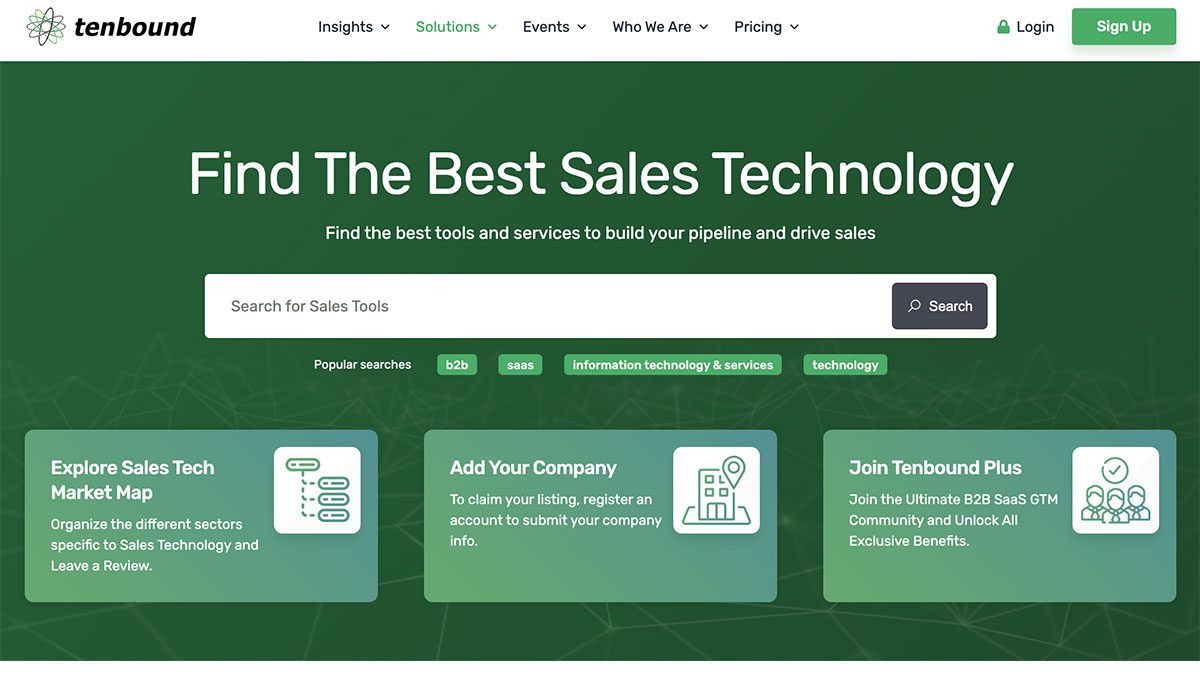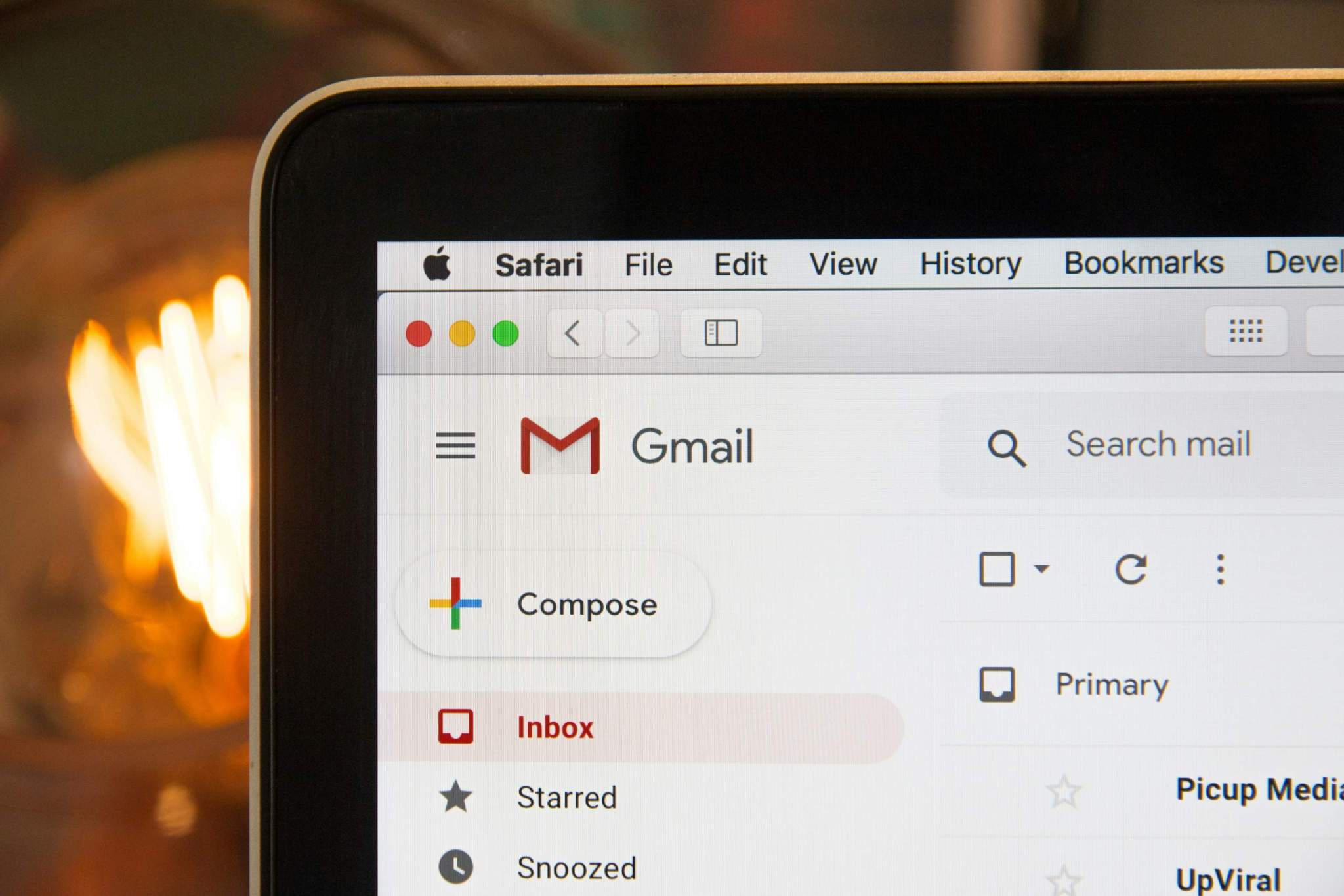
We all know how difficult it can be to elicit a response from a potential prospect.
Regardless of experience level, the universal struggle of getting that sought-after reply is why there are so many tactics, guides, and strategies detailed from countless sources. But while those delve into philosophy and theory, they aren’t grounded by data-driven results.
That’s why we sat down with Becc Holland, CEO & founder of Flip the Script, and Jeremey Donovan, former SVP for Sales Strategy at SalesLoft, for a conversation on what works and what doesn’t for sales-prospecting in today’s market. Holland has spent years researching the most effective methods of outreach and she has developed a modern, data-driven approach that provides a clear framework for success.
While the entire approach can’t be contained in one webinar, the foundation of it is built from the very first contact. That’s why Holland outlines the three hooks designed to double reply rates:
1) The Problem-Centric Personalization
Your hook is your opening line, and a Problem-Centric, personalized hook is a 1:1 approach. It means you choose one problem, one person, and you craft your pitch directly to them. There’s no 1:2 or 1:20; this is a fundamental plan, either defined as public-facing or customer-persona, that means interacting and selling into a company that directly relates to the services you provide.
Problem-Centric Personalization hooks are all about problem-solving: setting up a scenario, giving insight to shortcomings, and providing a tangible, practical solution. It lets you identify and relate with a client, highly-personalize your approach, and clearly communicate the path forward. The only downside of this is that it requires the company you are selling into to offer a client-side service that you can access. That’s why the other two hooks are available: to ensure you stay adaptive:
2) The Strong Hook
Strong and light hooks are two sides of a similar approach. A strong hook is the forward approach. It’s using information available to you (for example, researching someone’s LinkedIn); you identify an interest or need, and sell your service specifically to meet that. The benefit of a strong hook is that it’s no longer 1:1; it’s 1 to the company at-large. It’s a problem-solving solution not limited to companies with client-side services, but companies and individuals that might be part of larger networks.
3) The Light Hook
By comparison, a light hook is a bit harder to land, but can be extremely effective for the right person. It requires you to draw a more conceptual tie between a prospect’s interests and your services. Holland gives the following example, “Jeremy played basketball at Sandford…and I am likening that to software like SalesLoft. What if you could turn all of your bench players into your starting lineup by enabling them with the techniques they should be practicing on and off the court…”
The light-hook, in that way, connects a tangential problem to a general solution. It may not be enough to land the sale, but it’s plenty to get the conversation started.
Pattern Interruptions & Transactional Ego States
Beyond the hooks, Holland and Donovan also discussed the importance of Pattern Interruption and its relation to the three ego states conceptualized by Eric Berne in his famous book, Games People Play. Pattern Interruption, Holland says, is your key to breaking free from the stigma and awkwardness of the “salesperson/buyer” relationship. This can take the form of an understanding and candid demeanor, or simply emphasize listening and conversing over aggressively pushing your services.
Knowing how to tailor your Pattern Interruption is important, because it can help you to properly understand and react to a person’s “Objection Matrix.”
To do that, Holland says you ask two questions regarding someone’s objection: Is it real or shallow? Is it valid or invalid?
A real objection is something a prospect fundamentally believes, while a shallow objection is an initial distrust in you. The key takeaway is that you can wade through the shallows, and an objection can be both real and invalid. For instance, a prospect may sincerely believe they are correct in their objection but may be factually wrong. Holland makes the important note that all shallow objections are invalid, and are a prime opportunity to counter with pattern interruption.
Understanding the theory and principles of modern sales outreach is critical to doubling response rates – and that all starts with knowing Hooks and Pattern Interruptions.
If you found this summary interesting, the full discussion between Becc Holland and Jeremey Donovan can be found in this YouTube video.
And for all things, Tenbound, keep an eye out for our Newsletter and take a look at our other helpful videos on YouTube.



















